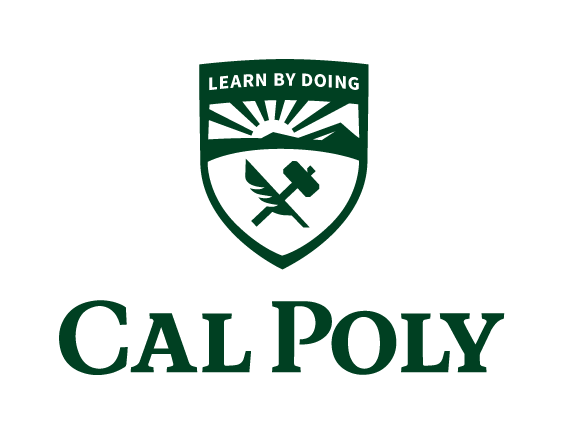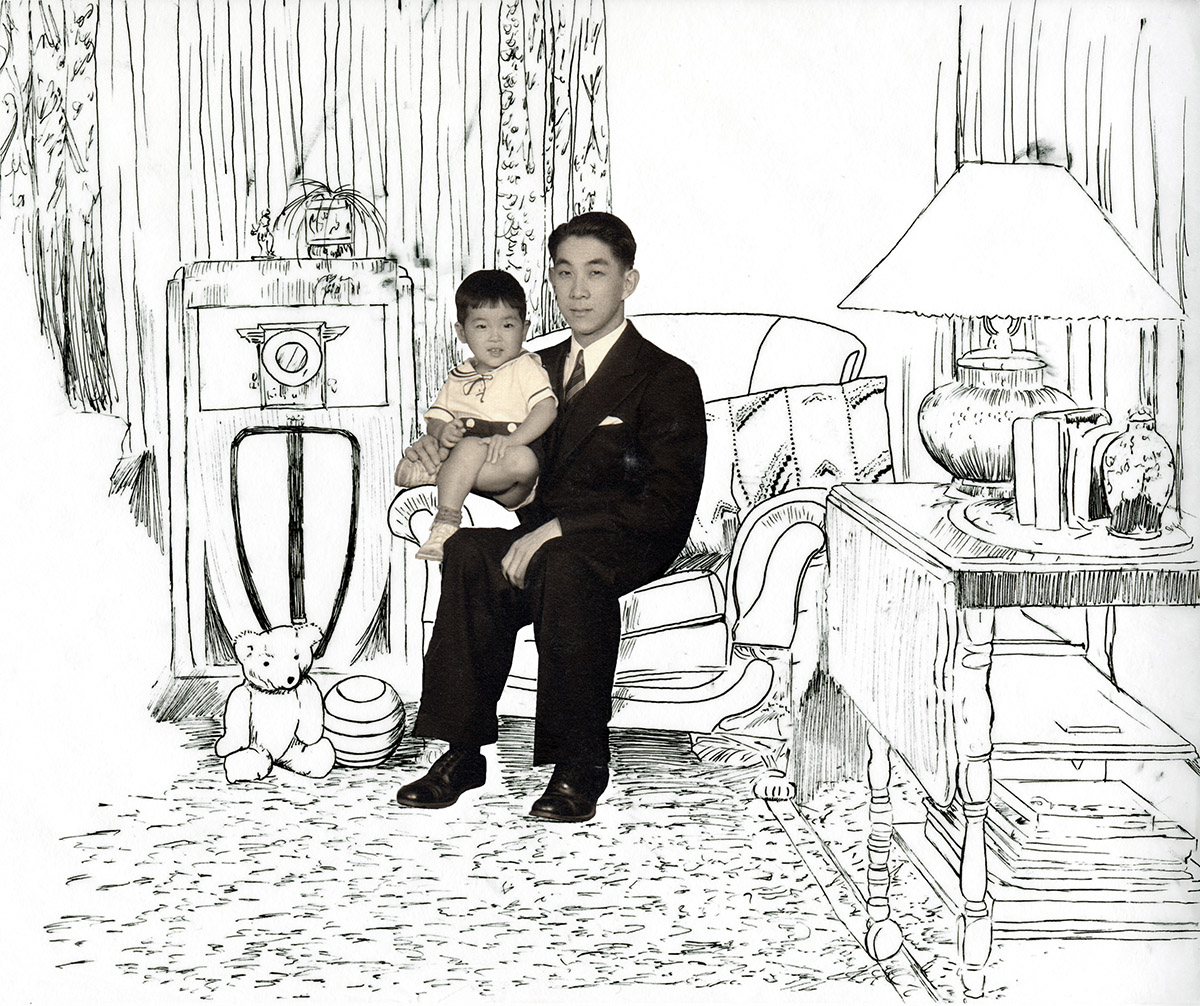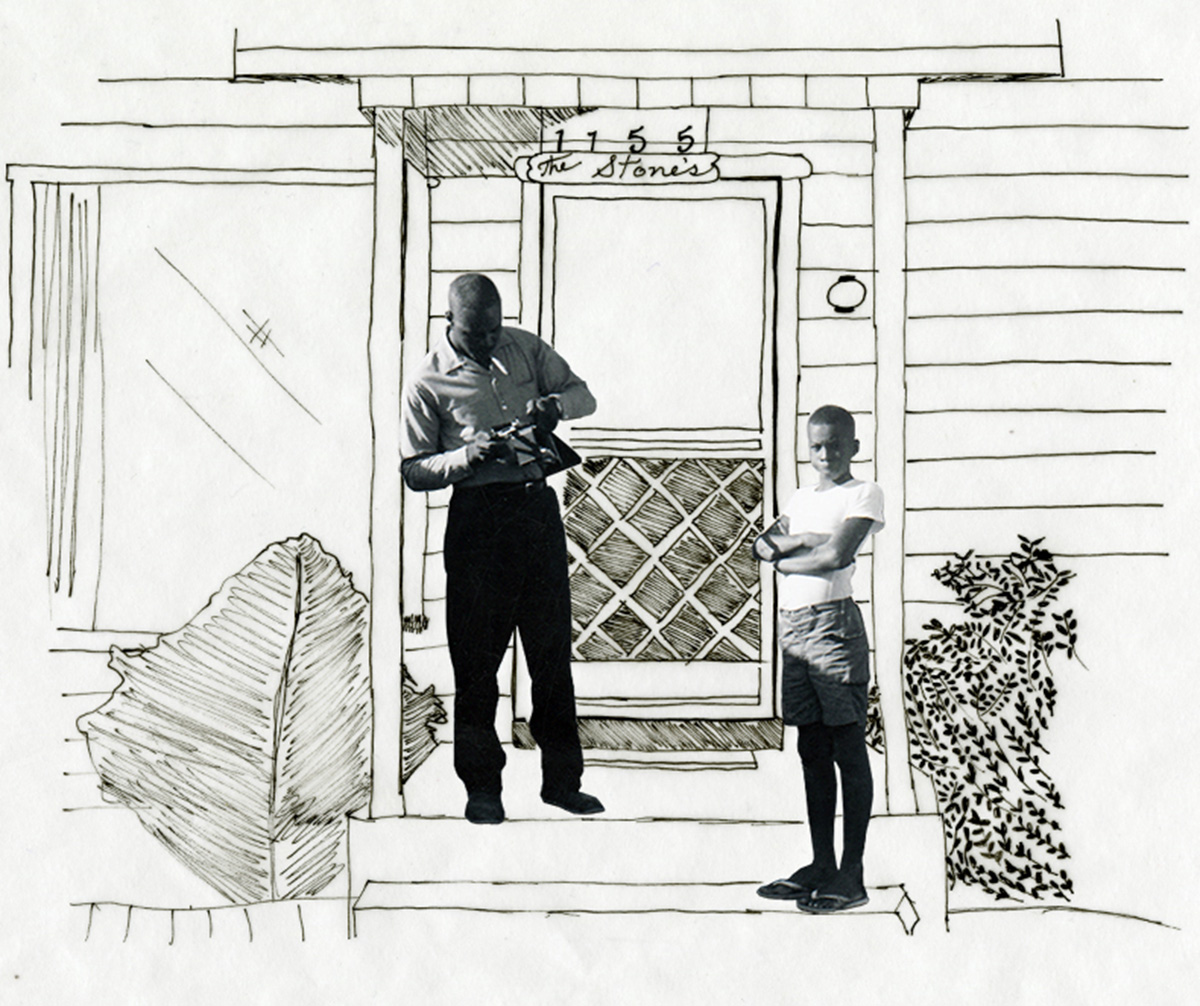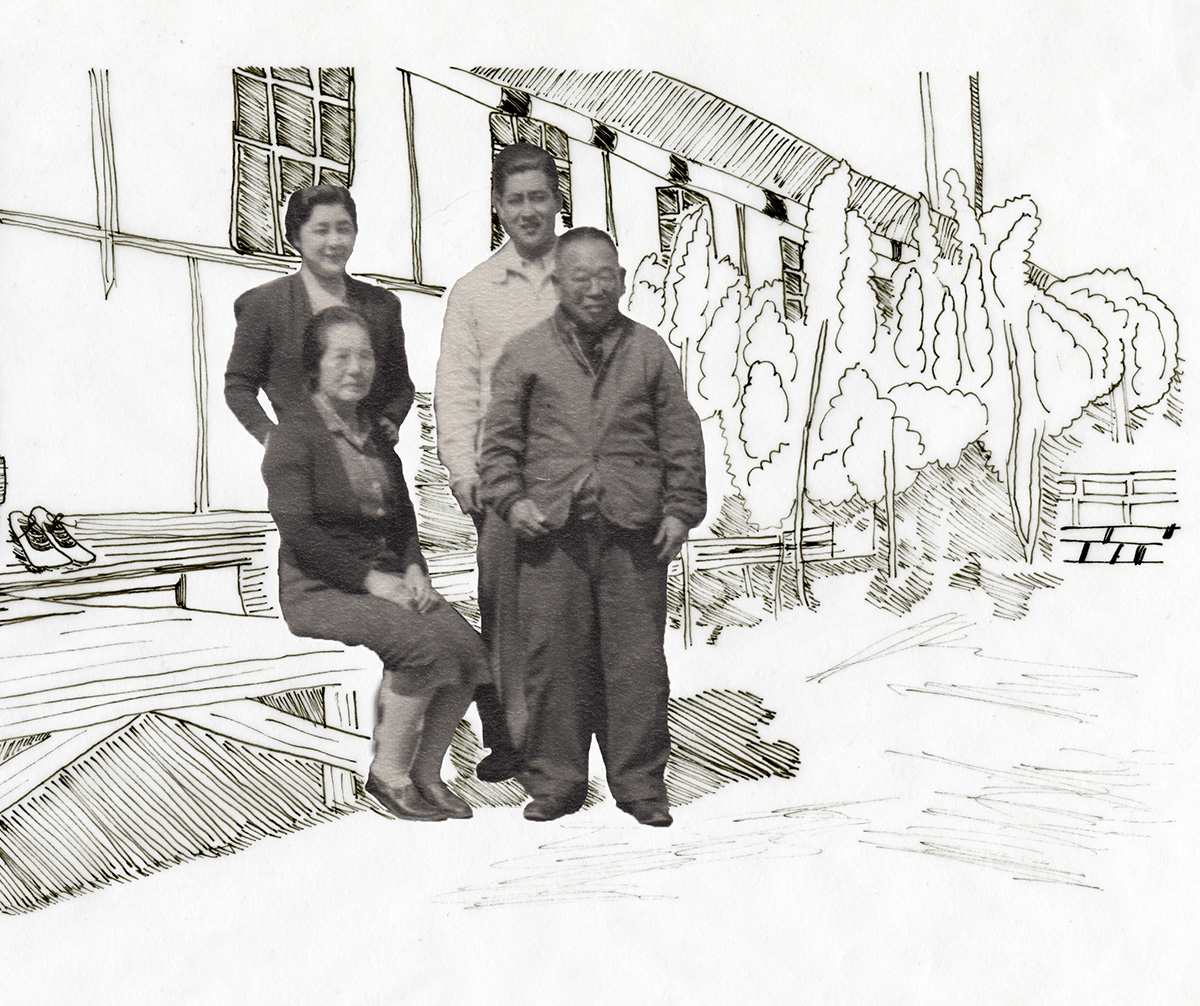Objects of Affection
The Objects of Affection Exhibit draws upon upon the personal papers of families featured in the Re/Collecting Project, an online archive and ethnic studies memory project of California’s Central Coast. The exhibit focuses on the bonds formed by diverse communities as evoked through their stories, photographs, letters, songs, and performances. Explore the objects (of affection) below by clicking on them to learn about Objects of Memory, Love Notes, Love and War, and Home Sweet Home.
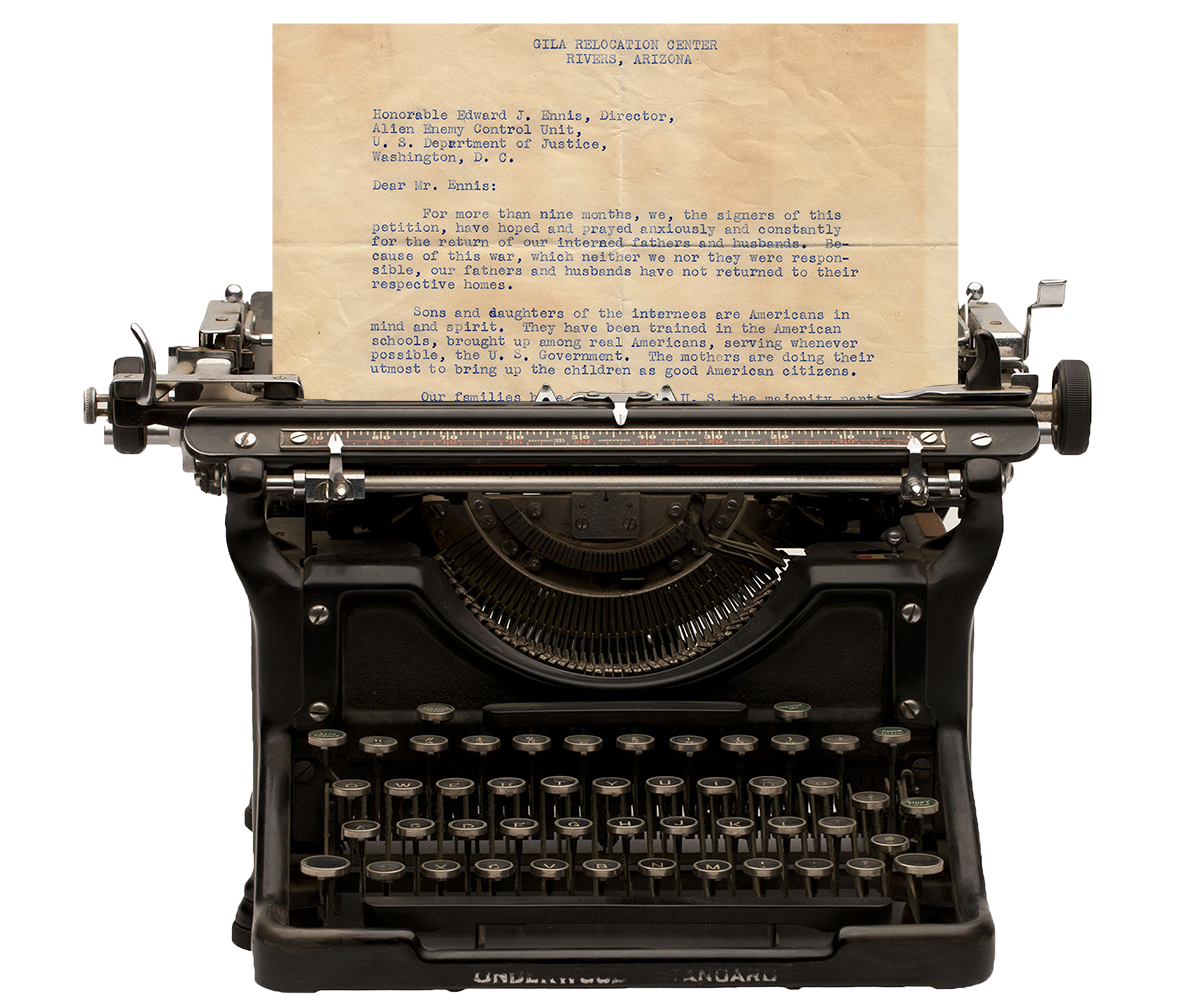
Ken Kitasako's Typerwriter
During the physical exhibition in the spring of 2014, visitors were able to write their own stories on a typewriter like this one.
We welcome your stories as well, in our continuous work in gathering stories, to be submitted at centralcoastsnapshots.online.
Courtesy of Barbara Kikuko Finn. Photo by Brian Lawler. From the Exhibit “Objects of Affection.” Robert E. Kennedy Library, Cal Poly San Luis Obispo, California.
Illustrated Tamura Family Portrait.
Photo illustration. Mutsuko and Ken Kitasako with their son, Edwin Tetsuo, who was their first-born child. Guadalupe, CA. c. 1935. Courtesy of Barbara Kikuko Finn. Photo illustration by Ragini Sahai. From the Exhibit “Objects of Affection.” Robert E. Kennedy Library, Cal Poly San Luis Obispo, California.
As historical evidence, the objects of affection featured here allow us to bear witness to the social, political, and cultural dynamics on the Central Coast within the larger contexts of U.S. empire building and war—but experienced as intimate and seemingly ordinary moments in one’s life. A focus on “objects” also invites us to explore the relationship between form and content: How do these relationships take shape within material forms of expression like a letter, a song, a photograph, a gift, or a shared craft? What are the potentials and the limits afforded by different media?
And of course, an object of affection refers to the beloved with whom one would create new worlds. Whether as individuals, as material evidence, or as media, these objects of affection suggest the everyday yet powerful ways individuals responded to social and legal exclusions to forge rich community bonds, family, and friendships.
The images and stories featured in “Objects of Affection” are from a community-driven digitization project founded by Ethnic Studies Professor Grace Yeh. In 2012, Dr. Yeh embarked on an ambitious initiative to digitize the personal records of local families from underrepresented communities and make them publicly available online. Her Re/Collecting Project (Re/Co for short) is part of a national and global archival renaissance to push cultural objects out from under the stewardship of academic institutions and museums and into the public domain. The demographics of the region may not readily suggest the importance of diverse communities here. From indigenous peoples to immigrant settlers and transient workers, this region is shaped as much by those communities that have remained as those that have been displaced or forgotten. In a shift from the traditional archival paradigm, the Re/Co project exists entirely and solely online. The collections are community-created and, in a sense, community-curated. Working with a small cadre of Cal Poly students, faculty, and staff, all armed with laptops, scanners, and digital video cameras, Dr. Yeh has orchestrated “field collecting days,” and embedded herself in the coastal communities of Japanese and Filipino populations to document their collective memories. These digitized images, documents, stories, and mementos generally cannot be found in any public repositories or archives. Instead, they reside with individuals—in their family albums, in their attics or garages, and in their memories.
To collect these stories and story materials, the Re/Co field collectors interviewed individuals and families, and digitized their photos and documents on the spot. The project does not ask for any donations of physical objects—only permission to digitize and make those images publicly available. Their work includes an outreach component to also provide information on how to best preserve family papers and photographs for future generations to appreciate. By digitizing these materials, and making historically significant materials and stories available, the Re/Co project hopes to encourage greater research and understanding of the region and its communities.
